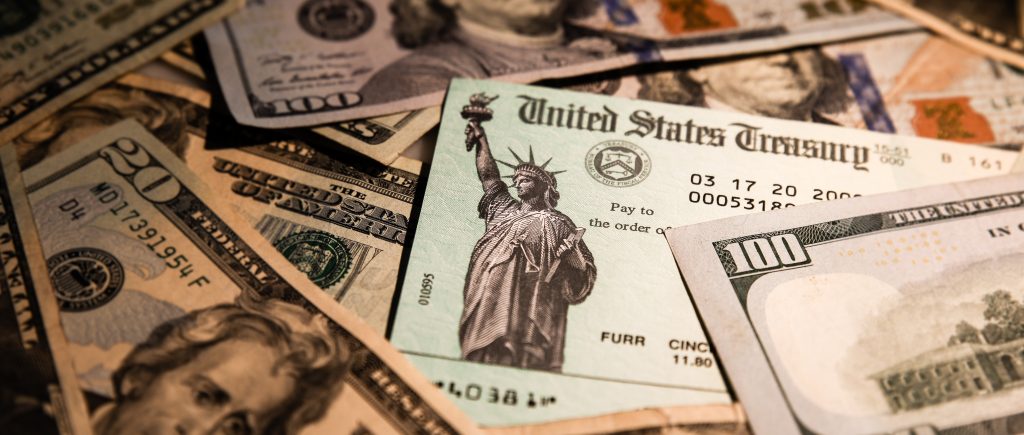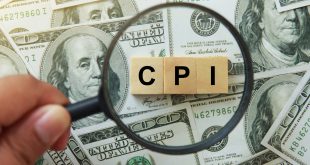US Treasury rates remain strikingly low, partly because of the safety government debt offers corporations and retirees. Markets have been in disturbance.
The Federal Reserve is taking steps to cool off the economy, as questions loom about the course of the recovery. And news headlines are announcing that government bond yields are near two-year highs. But the striking thing about bonds is not that yields have risen. It is that they remain so low.
Bond purchases remained near record levels anyway, which pushed yields lower. The yield on the 10-year Treasury note, the key security in the $22 trillion market for US government bonds, is about 1.8 percent.
Because the 10-year Treasury yield is a benchmark for many other interest rates, the rates on mortgages and corporate debt have been near historical lows as well. And despite a binge of deficit spending by the US government, which standard theories say should make a nation’s borrowing more expensive, continuing demand for government debt securities has meant that investors are, in inflation-adjusted terms, paying to hold Treasury bonds rather than getting a positive return.
At current rates, buyers of Treasuries seem likely to have a negative return on their ownership of the asset. They are, in effect, paying for a safe financial parking place.
The major reasons for this odd phenomenon include long-term expectations about inflation, a large (and unequally distributed) surge in wealth worldwide and the growing ranks of retiring baby boomers who want to protect their nest eggs against the volatility of stocks. And that has potentially huge consequences for public finances.
Because the government debt issued by the United States is valued, with few exceptions, as the safest financial asset in the global market, and because this debt is used as the collateral for trillions of dollars of systemically important transactions, the monthly and weekly fluctuations of key US Treasuries, like the 10-year note, are watched closely.
Some of the central bank’s critics concede that the Fed’s aggressive measures may have proved necessary at the start of the pandemic to stabilize markets. But they insist its program, another form of economic stimulus, continued far too long, egging on inflation by increasing demand and keeping rates low, an equation that hurt savers who could benefit from higher returns to hedge against the price increases.
Several major market participants attribute these stubbornly low yields in spite of a high-growth, high-inflation economy to a widening sense among investors that a time of slower growth and milder price increases may eventually reassert itself.
Long-run inflation expectations are still relatively anchored at an annual rate of about 2.4 percent over the next 10 years. This indicates that markets think the Fed will prevent inflation from spiraling upward, despite the huge increase in debt and the supply of dollars.
The vast majority of wealth has accumulated to borderless corporations and a multinational elite desperate to park that capital somewhere that is safe and allows its money to earn some level of interest, rather than lose value even more quickly as cash. They view lending the money to a national government in its own currency as a prudent investment because, at worst, the debt can be repaid by creating more of that currency.
The downside for these investors is that only so many stable, powerful countries have this privilege: This mix of exorbitant levels of wealth and a scarcity of safe havens for it has whetted, at least for now, a deepening appetite for reliable government debt securities — especially US Treasuries.
The US Treasury market has grown to roughly $23 trillion, from $3 trillion two decades ago — directly in step with the national debt, which has grown to over 120 percent of gross domestic product, from 55 percent.
The cost of the interest payments that the US government owes on its debt peaked in 1991 at 3.2 percent of gross domestic product, when the national debt was only 44 percent of G.D.P. By that measure, interest costs now are about half what they were back then.
Officials say they do not yet see evidence that rapid inflation is turning into a permanent feature of the economic landscape, even as prices rise very quickly. There are plenty of reasons to believe that the inflationary burst will fade, but some concerning signs suggest it may last. Is inflation bad? It depends on the circumstances. Fast price increases spell trouble, but moderate price gains can lead to higher wages and job growth.

 Noor Trends News, Technical Analysis, Educational Tools and Recommendations
Noor Trends News, Technical Analysis, Educational Tools and Recommendations




